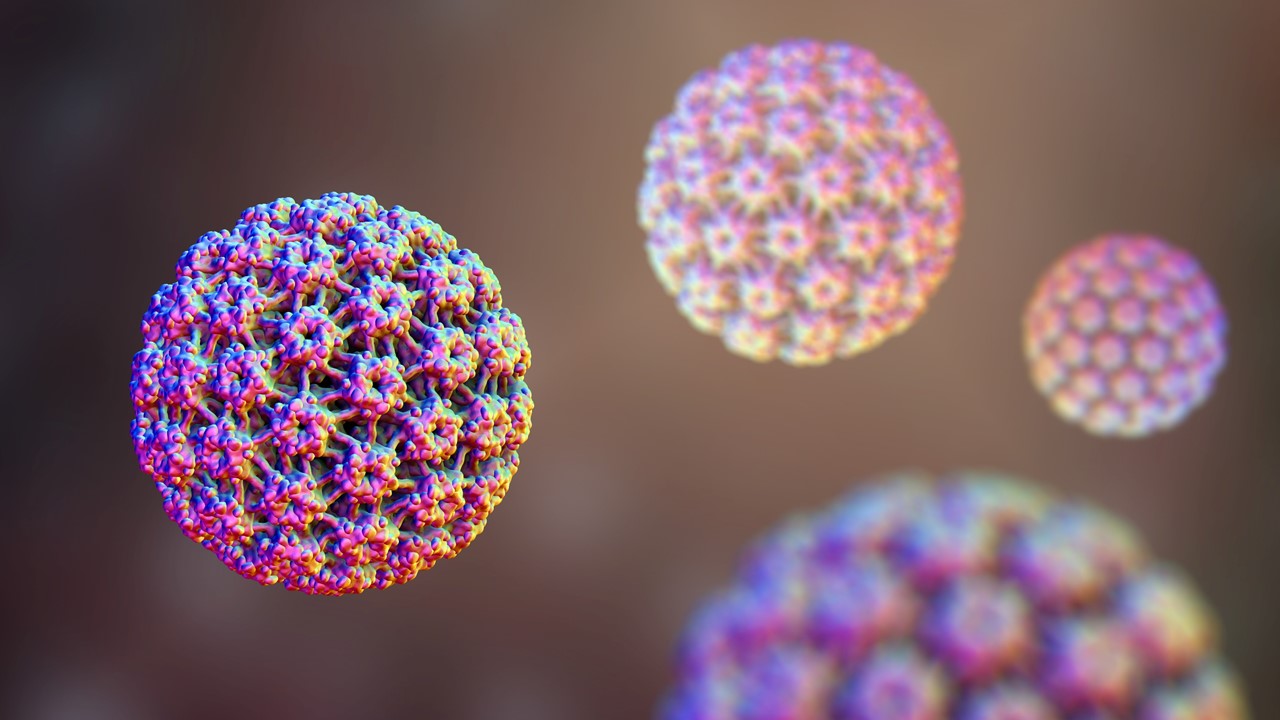Cervical cancer is one of the leading causes of cancer-related death in women worldwide. More than 95% of cervical cancers are caused due to an infection by a virus called human papillomavirus (HPV). Among carcinogenic HPVs, HPV types 16 and 18 are said to progress to precancerous lesions and cervical cancer at a high frequency and speed. The time from HPV infection that leads to progression and turns to cervical cancer is thought to take a few years and even decades. In some women infected with HPV, the infected cells change into abnormal shapes and develop precancerous lesions.
On the other hand, from previous studies, seaweed has been described as a potential anti-HPV and anti-cervical cancer agent. In this blog, I would like to introduce the study, “Are Bioactive Molecules from Seaweeds a Novel and Challenging Option for the Prevention of HPV Infection and Cervical Cancer Therapy?—A Review” by the efficacy of bioactive molecules from seaweed as anti-HPV and anti-cervical agents. Also, I am sharing excerpts from several studies on the effects of HPV infection and seaweed/fucoidan from this review study.
First, to introduce the study by Rodríguez A et al. to demonstrate whether polysaccharides (carrageenan extracted from red algae) can prevent HPV infection in vivo and in vitro, used gels containing 3% carrageenan. Two hours before virus contact, the carrageenan formulation was applied. Researchers observed carrageenan provided durable protection against HPV infection in a mouse model.
Polymannuroguluronate Sulfate (PMGS) is a polysaccharide extracted from brown seaweed. According to Wang et al., PMGS effectively blocked the infection of BALB/c nude mice by HPV 16 and HPV 45 by targeting the L1 protein of the viral capsid. Moreover, PMGS penetrated his HeLa cells and reduced the expression of HPV viral oncogene proteins E6 and E7.
A study conducted by Santos et al. reported the effect of Porphyra umbilicalis on HPV-transgenic mice with premalignant dysplastic skin lesions. This seaweed was incorporated into the diet of her HPV 16-infected mice that developed premalignant and malignant lesions to determine if this product could block the development of these lesions. After a follow-up period, researchers reported that Porphyra umbilicalis blocked the development of premalignant lesions and exerted antigenotoxic activity against HPV-induced DNA damage.
Through Saengkhae Cet al. study, Turbinaria conoides (brown algae) are found on the east coast of the Gulf of Thailand and are known for their tumor cell suppressive potency. A fresh sample of this seaweed was used to process HeLa cells. An extract of Turbinaria conoides dose-dependently inhibited His HeLa cells (IC50 20.92±3.15 μg/mL). The researchers also observed that the most exposed cells had apoptotic nuclei compared to unexposed cells.
Collaboration with Vasegi. Sargassum angustifolium (brown algae) is a seaweed collected from the southwest coastline of the Persian Gulf. Vaseghi G et al. used a methanol extract of this seaweed to assess its effects on HeLa cervical cells after 72 hours of exposure. As a result, he found that increasing the concentration of the extract from 150 μg/mL to 900 μg/mL decreased HeLa cell viability. This report suggests the high potential of Sargassum as a potential anticancer agent.
Considering all the previously reported beneficial results, it can be concluded that seaweed is a topic of great interest to the biomedical community in cervical cancer and HPV infection. In addition, future in vivo and in vitro studies in premalignant cervical lesions must be conducted to establish the dosage and timing of administration of seaweed compounds to prevent these lesions and the prevention of carcinogenesis.

Source: Int J Mol Sci. 2021 Jan; 22(2): 629. doi: 10.3390/ijms22020629
